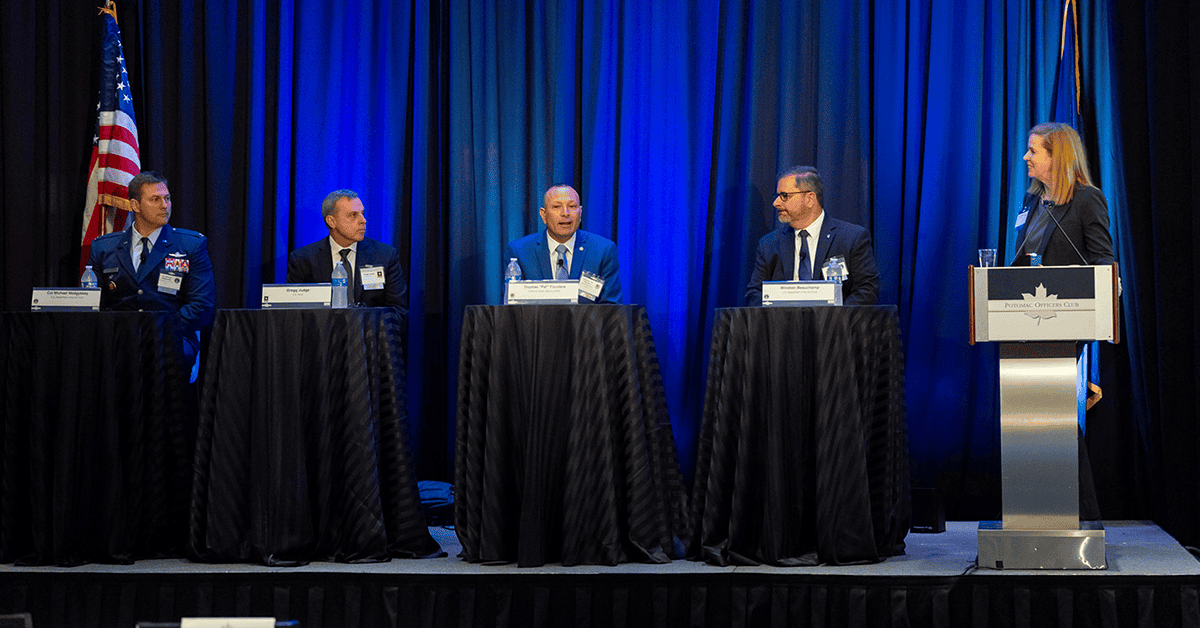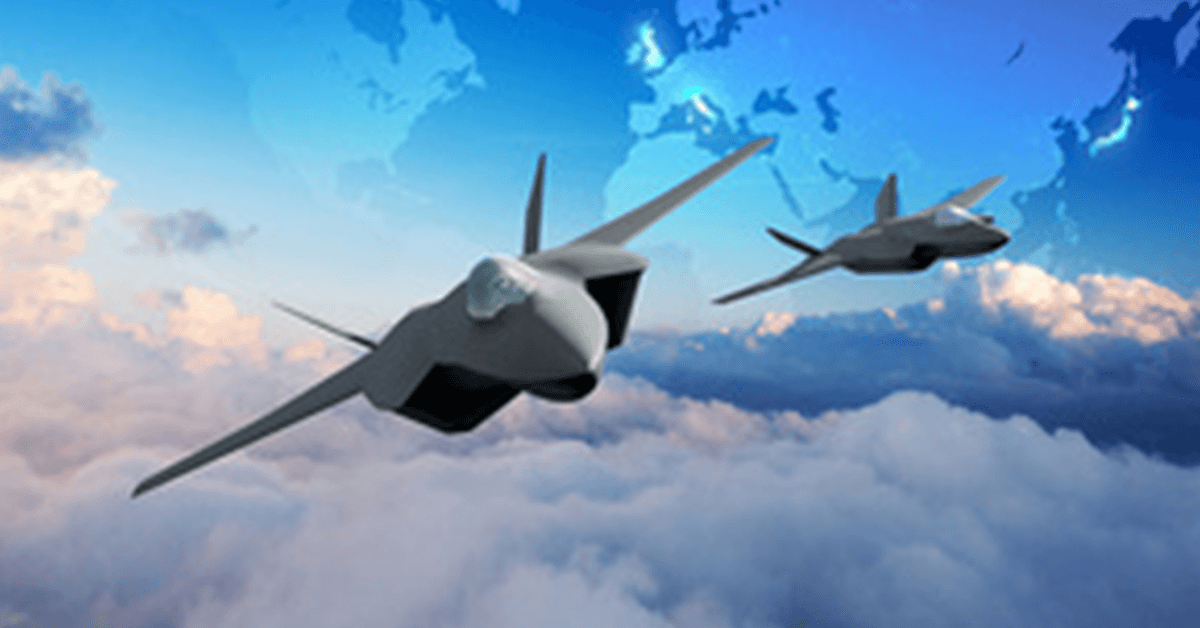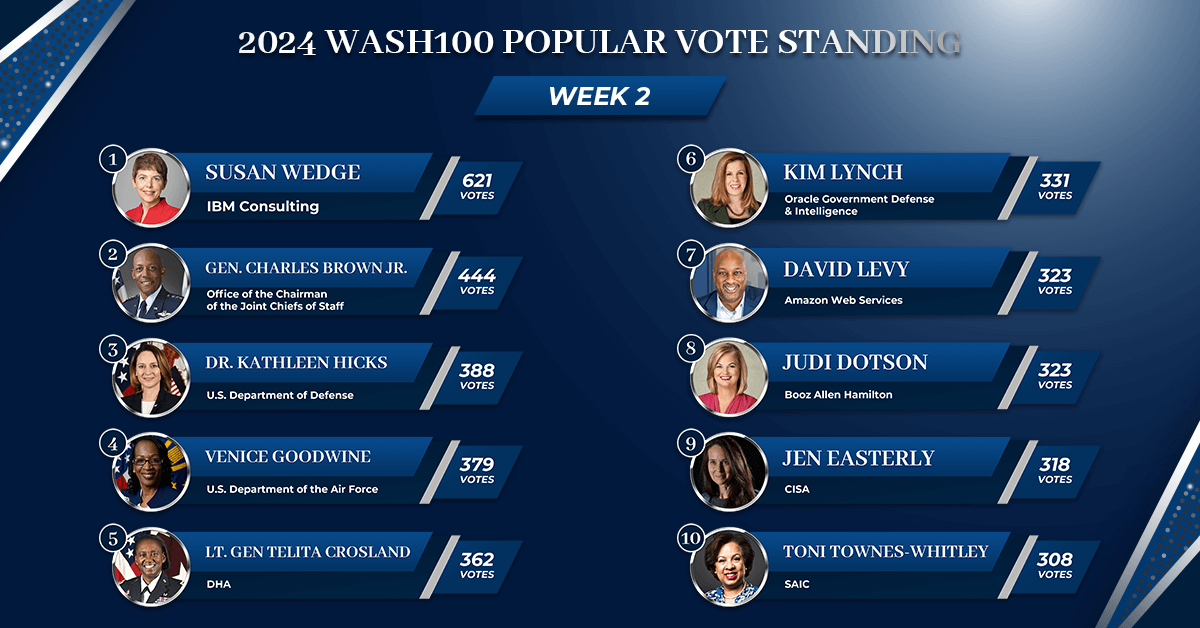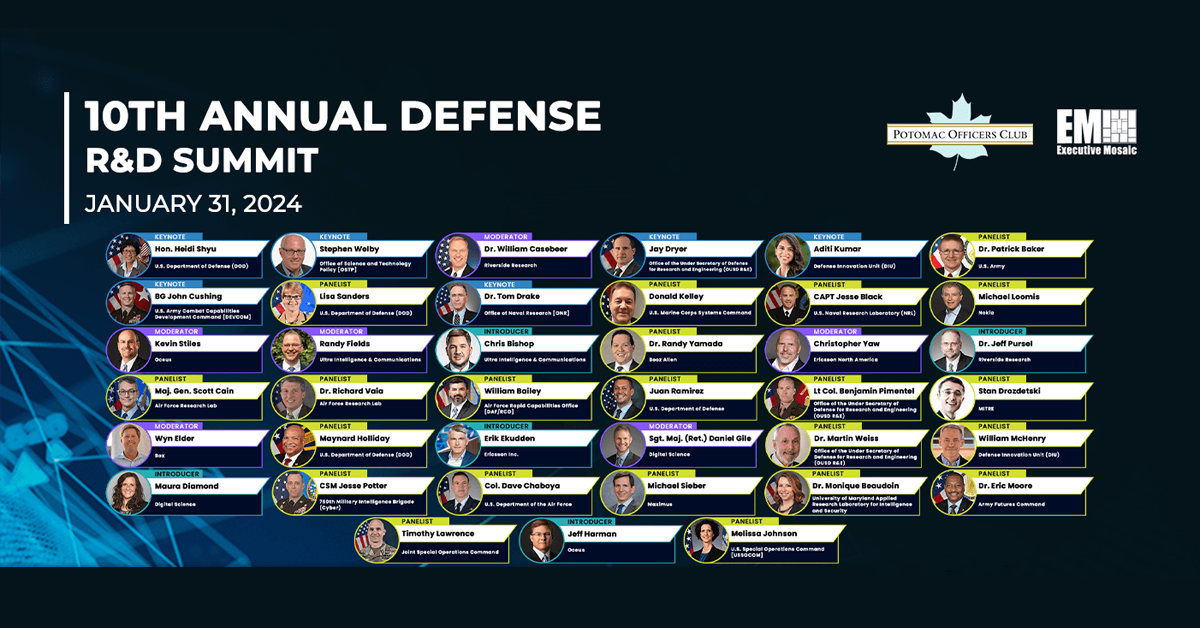For military service branches, connectivity at the tactical edge — often outside of the continental United States — is critical to mission success. Warfighters must be able to access data, intelligence, capabilities and technological power in these environments in order to fight and win, especially during an era of increasing global competition and tension.
Edge capabilities have improved considerably over the past few years, but there is still much more room for improvement. Winston Beauchamp, deputy chief information officer for the Department of the Air Force, said edge operations used to mean setting up temporary or single-purpose networks for warfighter communications. Now, it’s much more than that.
Warfighter comms “includes the ability to leverage the vast resources of the enterprise at the farthest edge of our operating forces,” Beauchamp explained during a panel discussion led by Oracle’s Kim Lynch at the Potomac Officers Club’s 4th Annual CIO Summit. “So now, when you talk about planning missions in the field, you’re talking about bringing to bear data that is much more broad, much more diverse and much more informative to that mission.”
Though command and control is still a part of the edge conversation, components like geospatial information, weather data and tracking movements on the ground around the world are becoming more important, and warfighters need to be able to access all this information at the point of use and locally process it for their individual missions.
“Then just as importantly afterwards, that [data needs to be] brought back to the enterprise so that it can be added to the corpus of knowledge about what’s going on at that part of the field,” Beauchamp mentioned.
“That two-way interaction requires us to think about the warfighter comms networks as an extension of the enterprise, both because it consumes data and resources from the larger cloud as well as because it leverages the data that is generated in the field to inform the next” iteration of the mission, explained Beauchamp.
The Army is already deploying this kind of capability in the field, allowing warfighters on the ground to communicate with each other and with enterprise personnel more quickly and efficiently.
“We have soldiers in the field today who are actually developing software using enterprise platforms that are provided either CONUS or actually closer to theater,” said Gregg Judge, acting director of the Army’s Enterprise Cloud Management Agency.
“What that allows them to do is have collaboration with individuals around the world to build a piece of code and actually deploy it onto a standard platform, whether that platform is a cloud-based platform, or it can be something that is mobile that the unit unit takes into training, into exercises or actually into conflicts,” Judge shared.
“It is truly changing the way we are fighting as an Army. It’s changing the way that we are developing and delivering capabilities down at the highest levels of theater to the lowest levels at the battalion and below,” he added.
Edge capabilities and access to the cloud have also become essential in intelligence missions around the world. Col. Michael Medgyessy, CIO and chief data officer for the Air Force Intelligence Community, said the Air force needs to be able extend cloud to the tactical edge even in disconnected and low connectivity environments.
“We have to fight overseas,” Col. Medgyessy noted, “and so bringing that commercial cloud power is really up to us to take it where we have to go from those hyperscale regions that exist in the continental United States.”
“The second portion of that is actually extending cloud — so bringing that data in with the sensors and regionally distributing it with edge capability, and then extending a subset of that hyperscale cloud to warehouse to go to be able to operate continuously, even if it is temporarily disconnected from the continental United States,” he shared.
Beauchamp said that as cloud technology develops, multi-cloud is poised for accelerated innovation in the next five years.
“It enables me to collapse all these proprietary systems down in one — it enables me to link all the networks that today were built for a single weapon system and combine them into the enterprise network so that I can create the network with the global reach and the bandwidth necessary to close thousands of kill chains across the global landscape in a matter of milliseconds at machine speed,” he said.
The Defense Health Agency has taken advantage of this technology and condensed its multiple networks into one, shared Thomas “Pat” Flanders, program executive officer for medical systems and DHA CIO.
“We bulldozed down the old networks [and] created a new one,” said Flanders. “And as part of that, we placed gateways and distributed data centers at the edge to really help with two things: performance and cost to help more of the tactical space.”
Cloud is an important component of DHA’s broader digital transformation and modernization goals as well as its edge efforts. Flanders revealed that its myriad of inpatient and outpatient systems have migrated to cloud environments and can now be accessed through these multiple gateways located across the globe.
Didn’t make the CIO Summit? You won’t want to miss the Potomac Officers Club’s 2023 Cyber Summit on June 8! Expand your network, learn from top government leaders and forge important business partnerships at this in-person event. Register here.








